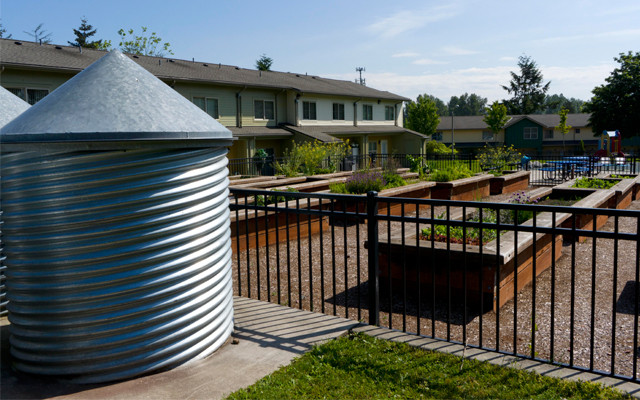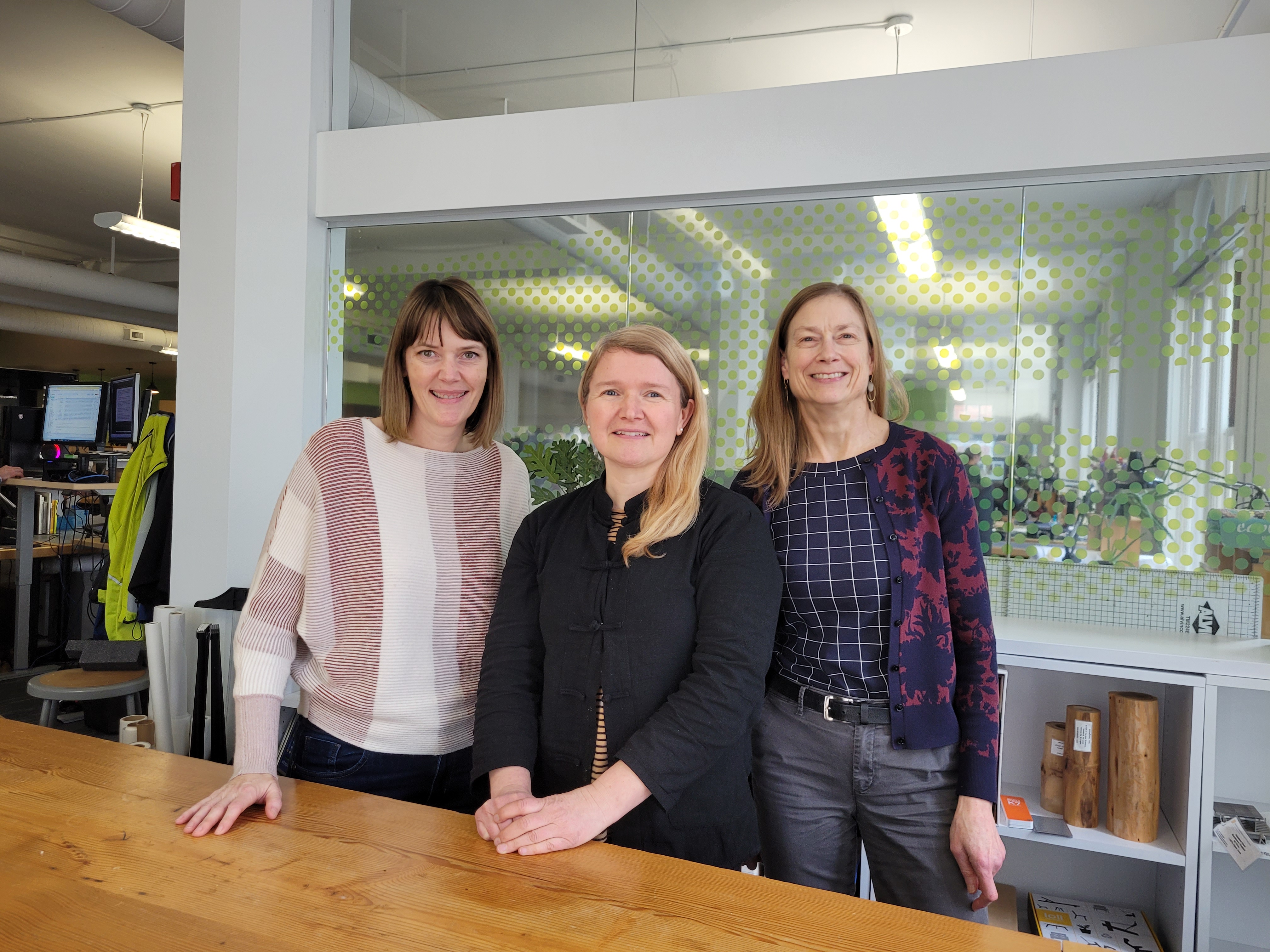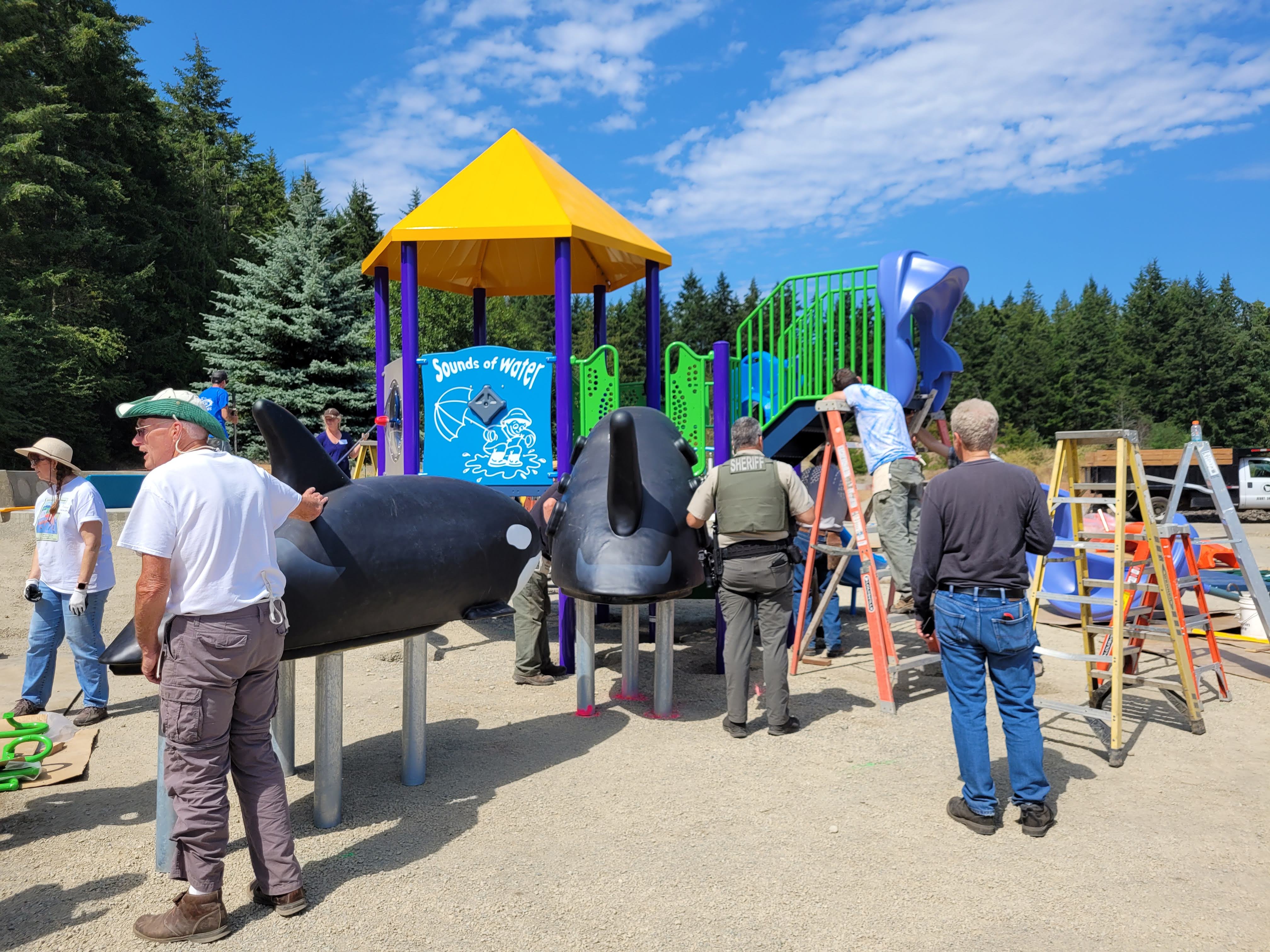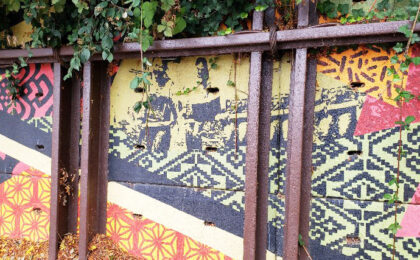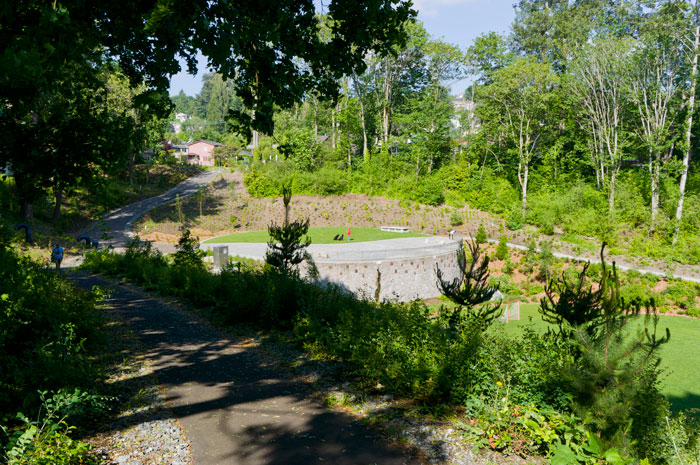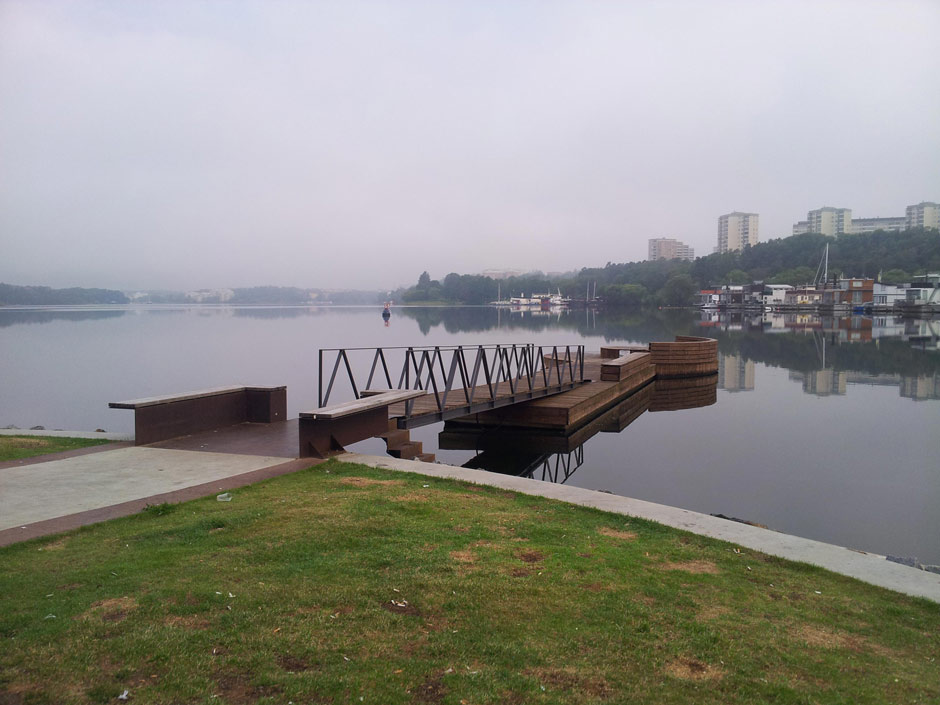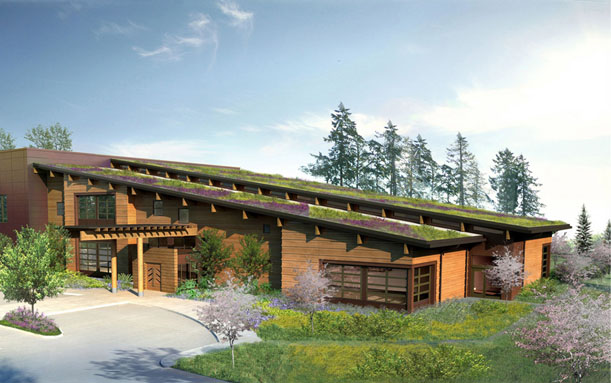What a Hotter, Drier Seattle Can Learn from California
September 28, 2015 | By Admin |
While the rain and cooler temperatures here in Seattle signify the seasonal shift into fall, the heat and dryness of this year’s summer broke many records in the city’s statistical history.
In fact, this year’s summer period from May 1st to July 31st was the hottest and driest on record, with only 0.9 inches of rain and more than 10 days over 90 degrees. (Washington Post)
Climate change is a sensitive issue but the potential for disaster that it presents does demand attention. Whether we are in a historical cycle of drier, hotter weather or if these trends indicate a permanent shift in our climate, both possibilities require that we pay very close attention to our use of natural resources including water.
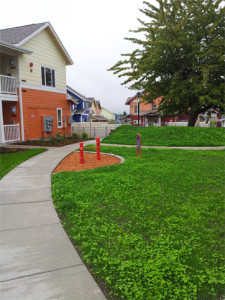
Eco lawn at Seola Gardens
Sustainable landscape design in Western Washington has traditionally focused on managing stormwater runoff from our notorious drizzle in rain gardens and bioswales. However, reduced snowpack, extended heat waves, and low rainfall this year led to the declaration of a drought emergency, not to mention devastating wild fires. As Washington’s concerns start to mirror ones that California has been facing for years, we can look to our neighbors to the south for new sustainability strategies. Water use has always been a concern in California and has become a statewide crisis as the state extends into a fourth year of drought conditions.
After decades of water conservation legislation, in 2010 the State of California enacted Assembly Bill (AB) 1881, or the Model Water Efficient Landscape Ordinance, which could also be used as a model for mandated water conservation elsewhere.
The ordinance is a statewide minimum level of efficiency of urban landscape irrigation that must be met for all new commercial projects and also private gardens over 2,500 square feet (this December reducing to 500sf), that is, nearly all projects. In addition to this minimum, local municipalities may choose to develop their own standards based on the statewide model which typically have more strict guidelines. (California Drought)

Multifunctional rain garden plantings at the Rainier Beach Community Center filter roof runoff and are also drought tolerant.
AB 1881 has created a ubiquitous method of accountability for landscape water use. AB 1881 works by quantifying water use allowances and requiring more efficient and “smart” irrigation technology and other techniques such as specifying drought tolerant and native plantings, arranging planting by “hydrozone,” and using drip irrigation systems. (California Dept. of Water Resources)
Although there are many measures that can be taken to reduce water consumption, irrigation makes for almost 30% of household water use on average nationally (according to the EPA), and as landscape architects, it is within our power to change that. For many years, concerned owners and designers in the Northwest have already taken steps to minimize water use in their projects. Local requirements such as the Seattle Green Factor encourage drought tolerant plantings. LEED Certification awards points for potable water use reduction in the landscape. However, as we have seen in California, it is possible to take these measures a step further by requiring quantified irrigation water use reduction for all projects to ensure at least a minimum level of water conservation are achieved across the board.

Rainwater cisterns irrigating the community garden at Birch Creek Apartments
As hotter and drier weather patterns become the new normal and the population of Washington continues to increase, we will need to be increasingly aware of our water consumption. As we plan for the future, we can take lessons from established programs such as those in California.

